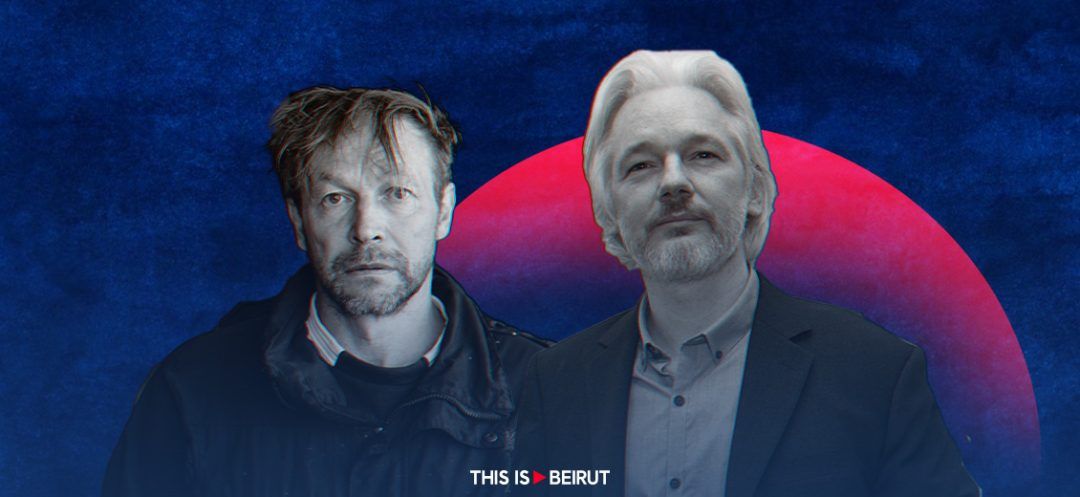
In an unprecedented gesture, Russian artist Andrei Molodkin risks invaluable masterpieces of world art to try to save Julian Assange from extradition and a possible life sentence. This explosive confrontation of art, politics and human rights raises profound questions.
At the heart of the Hautes-Pyrénées, The Foundry Gallery has become the epicenter of a fierce battle. Its founder, dissident artist Andrei Molodkin, has launched a bold ultimatum: the survival of 16 masterpieces, including works by Rembrandt, Picasso and Warhol, is now linked to the fate of whistleblower Julian Assange. Locked in a safe equipped with a chemical destruction device, these works, valued at 45 million dollars, will be destroyed if Assange were to die in detention.
This “Dead Man’s Switch,” as Molodkin calls it, is a radical artistic performance that uses art as a means of political pressure. By threatening to destroy an irreplaceable part of cultural heritage, the artist seeks to mobilize public opinion and governments to ensure Assange’s safety. An extreme approach that questions the limits of artistic activism and the sacrifices some are willing to make for their convictions.
View this post on Instagram
Because beyond the fate of these works, it is indeed Assange's freedom and that of the press that are at stake. Imprisoned in the UK under difficult conditions, the WikiLeaks founder faces 175 years in prison in the United States for revealing confidential documents. His case raises crucial questions about the right to information, national security and the protection of whistleblowers in our democracies.
By transforming art into a weapon of protest, Molodkin challenges our certainties. His provocative gesture forces us to ask: what are we willing to sacrifice for our values? Should art remain untouchable in the face of political urgency? By equating Assange’s physical integrity with that of artistic masterpieces, he reflects on the value we place on a human life.
This confrontation between art and the judiciary also reveals the power of art as a tool of resistance. By taking artworks hostage to serve his cause, Molodkin diverts the symbolic and market value of art to make it a formidable media weapon. A striking strategy that is not without risk but has the merit of shaking up indifference and generating vital public debate.
Because the issue goes beyond the Assange case. It’s our relationship to the truth, the courage of those who defend it and the security overreaches of states that are questioned. By threatening to destroy art to save a man, Molodkin places us in front of a tearing moral dilemma. To what extent does the end justify the means? Should we sacrifice our cultural heritage on the altar of justice?
As the High Court of London prepares to review Assange’s appeal against his extradition, the outcome of this battle with dizzying stakes remains uncertain. One thing is sure: Molodkin’s punch gesture will leave a lasting impression. By pushing art into the trenches of activism, he sparks a crucial debate on the role of creation in political struggle and the preservation of fundamental freedoms.
In this complex chess game between art, law and power, Molodkin has made his works pawns of a cause that surpasses him. A calculated sacrifice that reflects the radicalness of his commitment, but also the moral dilemmas that any fight raises. Because by threatening to destroy art, he risks a piece of our humanity. A gamble as brave as it is perilous, the significance of which history will be the judge.
In the meantime, the countdown has begun. And every second that passes brings Assange closer to his fate and Molodkin’s masterpieces to their potential annihilation. A high-risk confrontation that reveals the subversive power of art and the fragility of our democratic achievements. For in this battle, it’s our ability to defend the truth and those who carry it that is tested. A vertiginous responsibility that art, today, mirrors intensely.
Read more





Comments